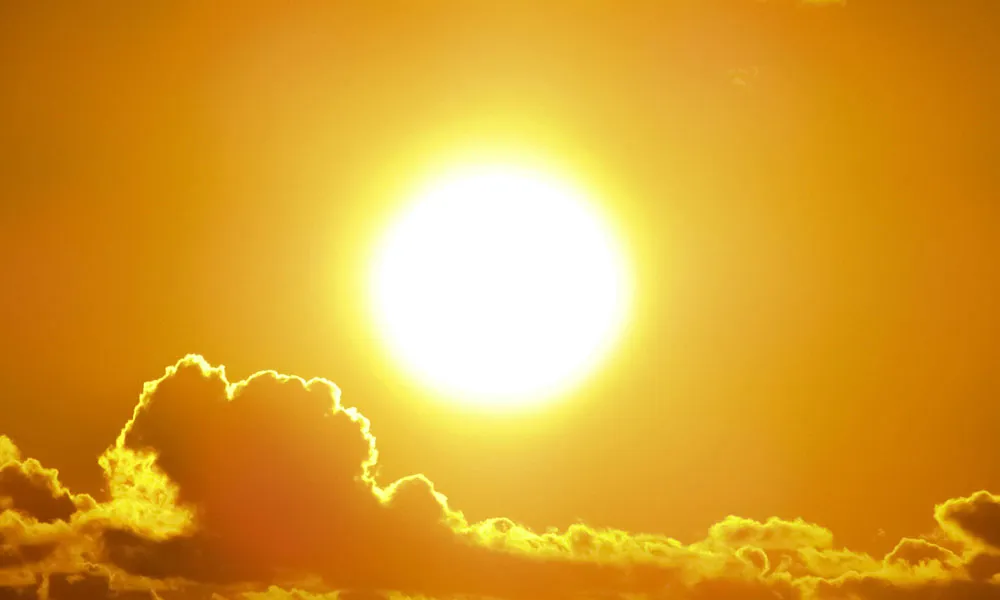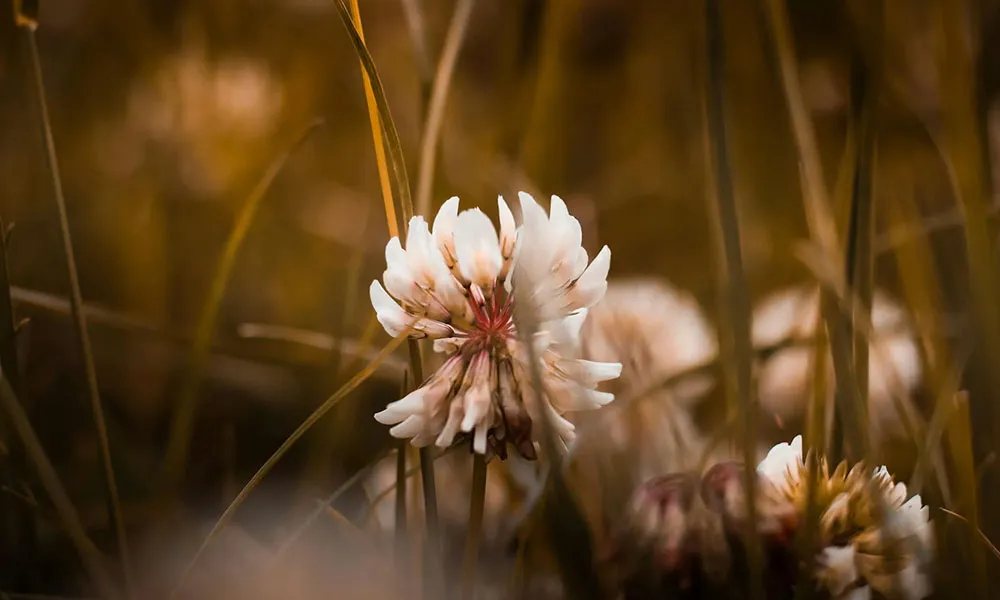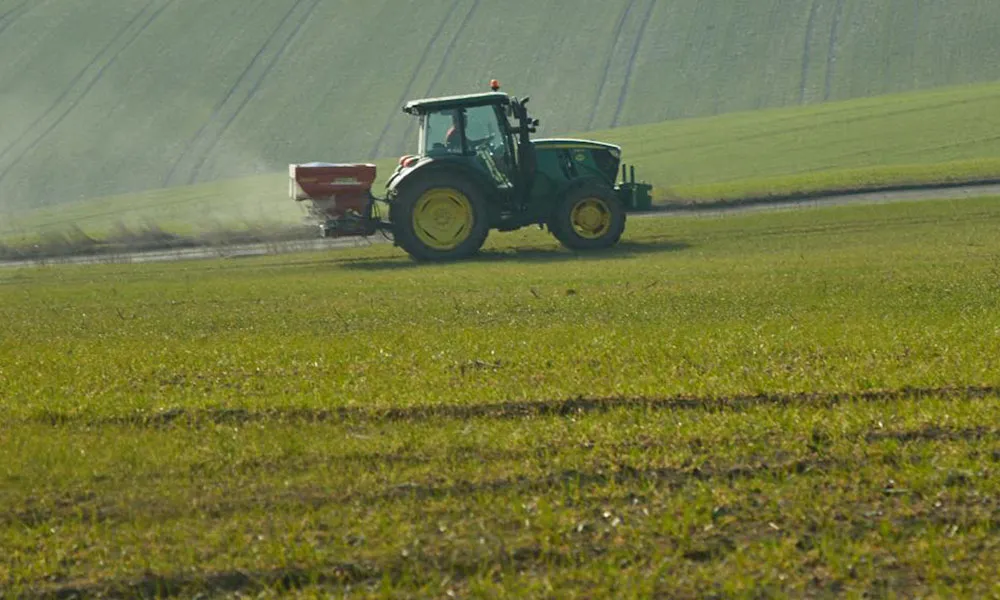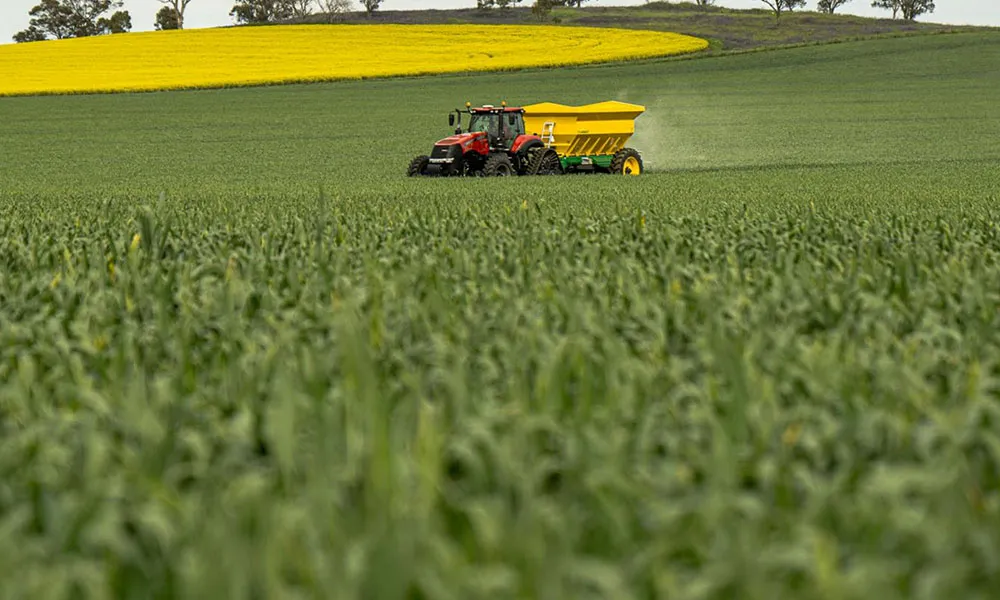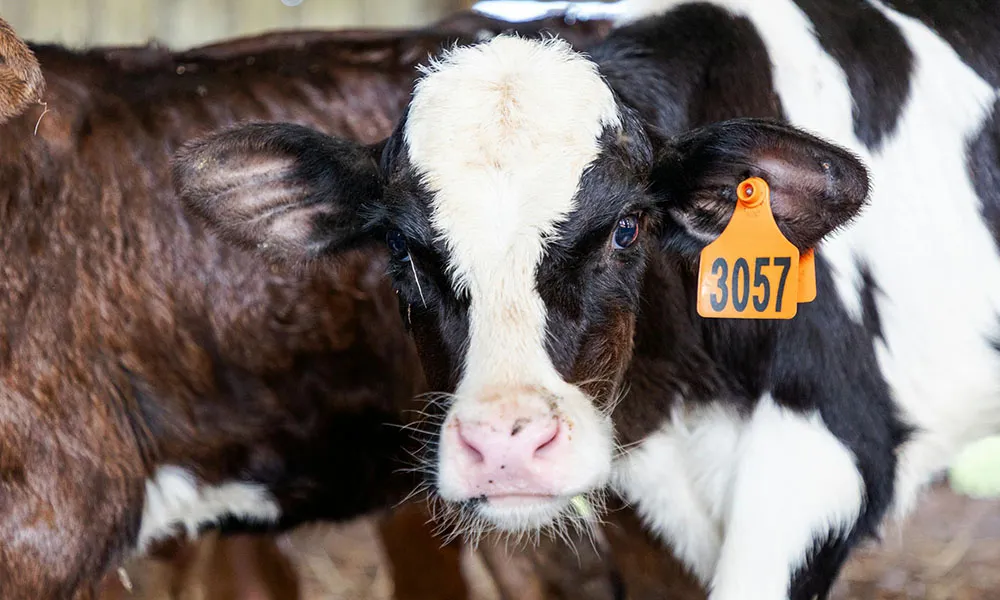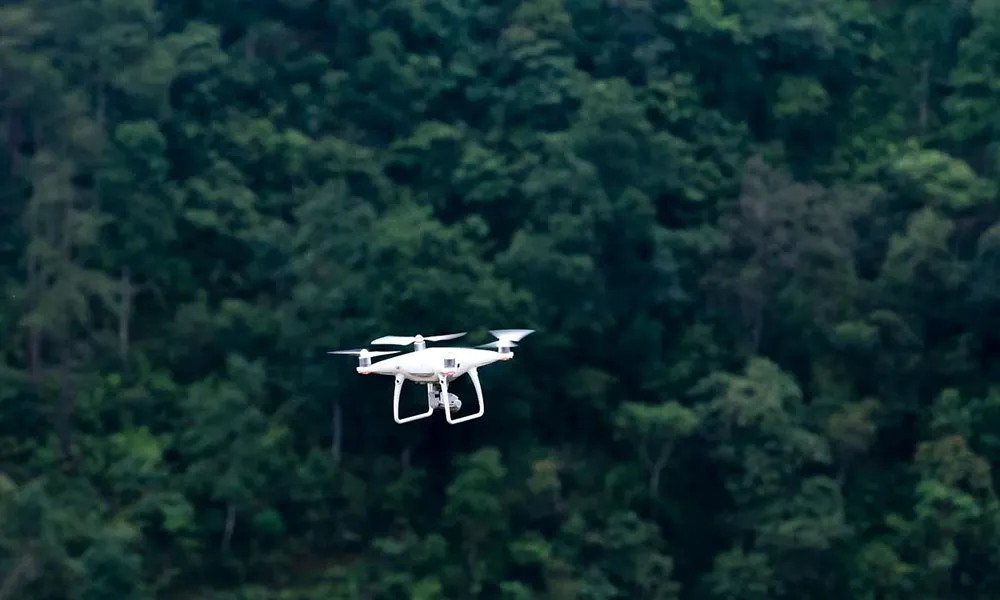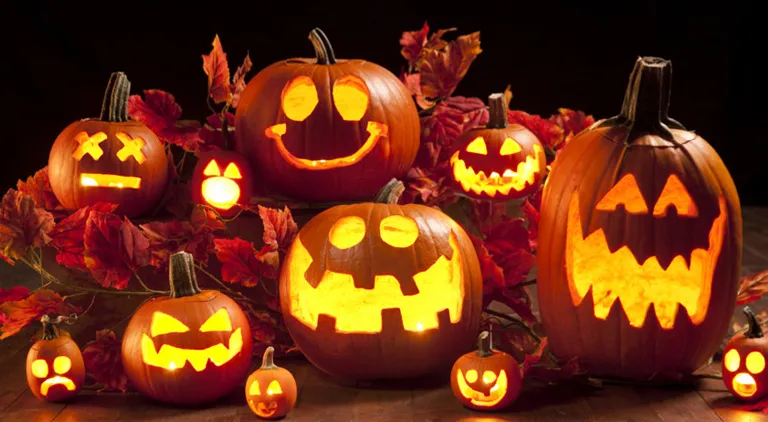
Halloween is fast approaching, bringing with it the menace of ghoulish children threatening your property with “tricks” unless you appease them with sugar; to hype them up with enough energy to hound the rest of the neighbours!
The old offering of fruit and nuts we frequently got as youngsters is the quickest way of getting these monsters riled up for a bit of haunting, trickery and destruction.
On top of that the fireworks will be out, scaring the dog into hiding, cause the sheep to scatter, the cows to panic and the mother to start blessing herself and tut “some of them will lose an arm!” and “where are their parents!” But we can’t complain: it all started with the Irish farmers after all!
Halloween has direct links back to the Celtic festival of Samhain, an important date since ancient times.
The Celts were farmers and Samhain coincided with the cattle being brought back down from the summer pastures and livestock being slaughtered for the winter; bonfires were built so that animals could be walked between them to cleanse them and bring them, and the family, luck in the New Year.
Indeed it still coincides with housing animals in many areas, (though the weather often forces us to get them in earlier), and we still have a cleansing ritual these days too, though ours usually comes in a bottle rather than a couple of large fires. (More on this in my next blog.) The Celts believed that day followed night so the dark months of winter were the start of their new year. They were closer to nature and their whole life was dictated by the seasons, with long nights having greater effect on the work they could do and the time they could do it in.
As a result the winter months were a quieter time, where there were no wars and people spent more time inside with family. On the farms the crops had been harvested and the animals were kept in enclosures beside the home. It was a slow time of year and people almost went into a type of hibernation, as once the sun went down you weren’t likely to be out wandering in the dark; night was ruled by the “otherworld” and not to be messed with. Families and communities took the time to rest and prepare for the spring when planting and farming would begin in earnest again.
Samhain was the beginning of that quiet period.
Not like today’s busy world, where electric lights have us working well past sundown; the time of year makes no difference to our working hours. If only it still did, how pleasant that would be!
For the Celts, Samhain was seen as the transition festival, signifying the transition period from the old year to the new one, from a period where light was the prominent power to one of darkness controlled by the otherworld; part of both and yet part of neither.
Samhain was the liminal time when the boundary between this world and the Otherworld could more easily be crossed. This meant the Aos Sí (most likely remnants of pagan gods and nature spirits), the 'spirits' or 'fairies', Púca, not to mention the dead could more easily come into our world.
During Samhain it was believed that these creatures needed to be appeased to ensure that the people and their livestock survived the winter. Offerings of food and drink were left outside for them. The souls of the dead in particular were thought to revisit their homes seeking hospitality, so feasts were had, at which the souls of dead kin were beckoned to attend and a place set at the table for them.
Mumming and guising were a big part of the festival, and involved people going door-to-door, in disguise so the spirits would think they were one of them, reciting verses in exchange for food. Much like we appease the modern sugar crazed demons!
Divination rituals and games were also a big part of the festival and often involved nuts and apples, aspects of which have been passed down through the generations to become Halloween.
However some of the traditional games are being lost to the newest generations. When I was a gawson we still played many of them. A barrel would be set up in the hayshed with apples, bobbing in a mixture of water and an ever increasing amount of saliva, mocking our inability to get them with our hands tied behind our backs. Another apple would swing away on its thread hanging from the rafters before swinging back to batter your face and head. It was rather embarrassing losing a fight to a fruit, but I always had the last laugh; I would prepare for a conkers battle by ruthlessly smashing said apple with my newly fashioned weapon of mass destruction.
Of course the biggest destruction was often to my knuckles after the conkers games with my brothers! Then, when we got a bit older, we decided a better use of our time would be to hide in the hedges and scare the wits out of any other going along the road; walking slowly out of sight, breaking branches, breathing heavily and refusing to answer when they asked “is anyone there?”. This didn’t last long though, as we were caught by our parents and let’s just say our punishment was enough to make us decide apples and conkers was probably more fun after all!
Looking back I really enjoyed my childhood Halloweens based on fruit and nut activities. It was all good fun, bruised knuckles and all. It seems even more important to me now that we learned these traditions that are such a part of our history! I think it a shame that they are slowly dying out! But don’t bother telling that to the little horrors calling to the door! Times change regardless and fruit and nuts have no currency with kids anymore! They have no interest as I discovered to my detriment. Their look of derision was only the start! The cheek to suggest I was a cheapskate; that I was worse than a Cavan man no less! I paid good money for those peanuts!
Happy Halloween.
RGA




